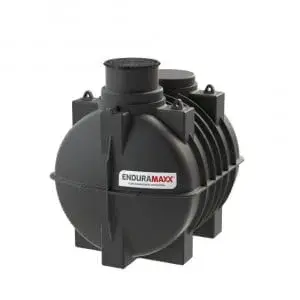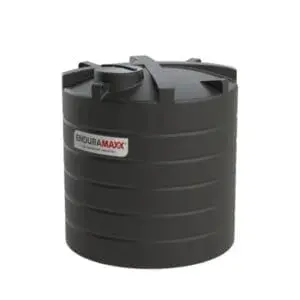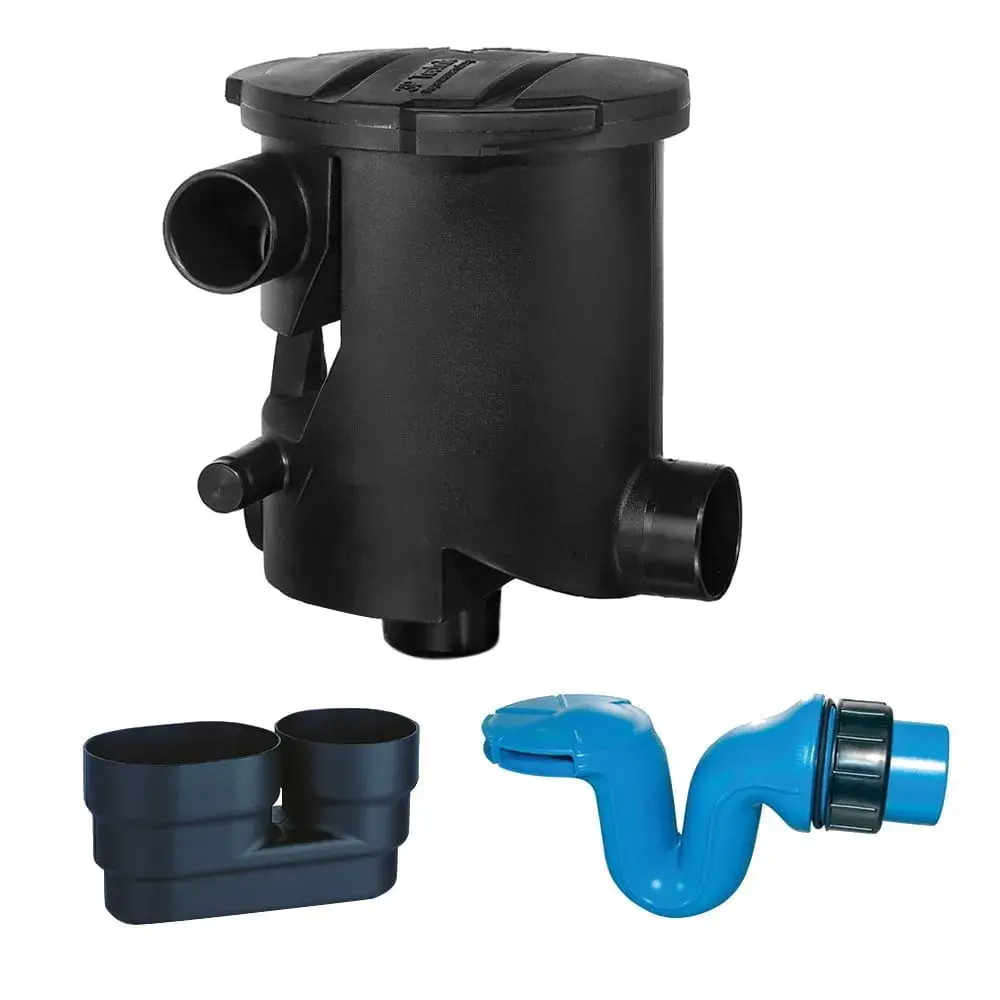Reaction vessels for wastewater flocculent mixing are used to store the wastewater to create flocs. Wastewater is added to the tank with chemicals calls flocculent which Is vigorously stirred to cause the sediments or particles in the wastewater to creates flocs.
Flocculation consists of three distinctive processes coagulation, flash mixing, flocculation, and then clarification or clean water removal. Sufficient time and velocity are necessary to maximise the effectiveness of the flocculent so that the individual parts come together
1: Adding the Flocculent
- Chemical coagulants called flocculants are added to the water to destabilise the smaller individual particles and cause them to begin aggregating.
2: Flash Mixing
- So that the chemicals are evenly distributed it is flash mixed from 30-60 seconds. Coagulation begins during the flash mixing process in the mix tank as the coagulants neutralise the electrical charge of the fine particles. This stops the repulsion of the individual particles and allows them to begin sticking together to form bigger ‘flocs. In the flash mix chamber, the retention time in the chamber is carefully controlled throughout the water treatment.
3: Coagulation Flocculation
- After the initial more aggressive mixing, flocculation begins after slowing down the mixing so that the newly formed floc or smaller particles produced during the coagulation start adhering together. After the process, most of the particles should have bonded together, which is called the Floc. Floc consists of larger masses of particulates bonded together in clusters of about 0.1 to 3 mm in size. It is critical that the floc is not too small otherwise, it does not settle well enough or too big otherwise, it will likely break apart in the flocculation tank.
What are Flocs?
Flocs are the result of the flocculation process individual solid particles in liquid clot together into bigger particles known as ‘clots’ or ‘flocs’ which can then be separated off to leave a cleaner and clearer liquid behind.
Flash mixing or rapid mixing consists of adding chemicals to raw water to foster coagulation, attracting particles that do not settle. The coagulants such as ferric chloride (FeCl3), PAC (poly aluminium chloride Al2Cl(OH)5), aluminium sulphate (Al2(SO4)3), make these particles easy to agglomerate during the flocculation stage.
Enduramaxx Reaction Vessels for Wastewater Flocculent Mixing
Conical cone tanks provide the ultimate solution as reaction vessels for wastewater treatment applications that require complete drainage. Using a conical tank save money and time when compared to a flat bottom tank where the tanks are being used as a settlement tank or sludge tank. The cone tank advantages with the stepper angle of the cone have been tested and proved as most effective for solids settling and solids separation applications. From 50-litre dosing tanks to store flocculants or chemicals to 30,000-litre sludge tanks, we are sure we can help with your next project. For more details on these please get in touch today.
Posts By Topics
- Blog (303)
- Chemical Storage Tanks (118)
- Chemical Dosing Tanks (114)
- Chemical Tanks (114)
- Water Tanks (58)
- Rainwater Harvesting Tanks (43)
- Vertical Rainwater Tanks (31)
- Vertical Storage Tanks (31)
- Cone Bottom Tanks (19)
- Conical Cone Tanks (18)
- Rainwater Harvesting (17)
- Water Bowsers (15)
- Horizontal Tanks (14)
- Potable Water Tanks (13)
- Farming (9)
- Case Studies (8)
- Industrial Storage Tanks (7)
- Liquid Fertilser Storage Tanks (6)
- WRAS Approved Potable Tanks (6)
- Wine and Beer Production (6)
- Horizontal Transport Tanks (5)
- Microbrewery (5)
- Rainwater (5)
- Category 5 Break Tanks (4)
- Cider Production (4)
- Mixer Tanks (4)
- Molasses Tanks (4)
- Polyethylene tanks (4)
- Rainwater Filter Kits (4)
- SPECIALIST & BESPOKE TANKS (4)
- Bunded Tanks (3)
- Slimline Tanks (3)
- WRAS Approved (3)
- Clarification Tanks (2)
- Crosslinked Polymer Tanks (XLPE) (2)
- Fertiliser Tanks (2)
- Sump Tanks (2)
- Tank Installation (2)
- Water Butt (2)
- underground water tanks (2)
- ACCESSORIES & FITTINGS (1)
- ATV & UTV SPRAYING UNITS (1)
- Above Ground Effluent Tanks (1)
- Bespoke Tank Frames (1)
- Category 5 Turret (1)
- Caustic Soda Tanks (1)
- Closed Top Bunded Tanks (1)
- Craft beer (1)
- Effluent Tanks (1)
- Enduramaxx (1)
- Ferric Chloride Tanks (1)
- Fire Safety Regulations (1)
- Fire Sprinkler Water Storage Tanks (1)
- Industrial Water Tank (1)
- Open Top Bunded Tanks (1)
- Open Top Cone Tanks (1)
- Open Top Vertical Tanks (1)
- Polyethylene Potable Water Tanks (1)
- Polyvinylidene Fluoride (PVDF) Tanks (1)
- Polyvinylidene Fluoride Tanks (PVDF) (1)
- Pressure Washers (1)
- Pro Series Spot Sprayers (1)
- RWH (1)
- Sodium Hydroxide Storage Tanks (1)
- Sprayer Fill-up Tanks (1)
- Uncategorised (1)
- liquid fertiliser tank (1)
Sign up to the newsletter
enduramaxx.marketing
Related Posts
What Is Flocculation In Water Treatment?
What Is Flocculation In Water Treatment? And how flocculation is used in wastewater treatment, a...
What Is Flocculation And Flash Mixing In Water Treatment
Flash Mixing and Flocculation in industrial wastewater treatment is a complex process in which...
Role of Flocculants In Wastewater Treatment
Flocculants play an important role in wastewater treatment. They are used in many industrial...
Related Products
From £1,080.00 inc. VAT
£900.00 exc. VAT
From £1,344.00 inc. VAT
£1,120.00 exc. VAT
From £768.00 inc. VAT
£640.00 exc. VAT
£480.00 inc. VAT
£400.00 exc. VAT





